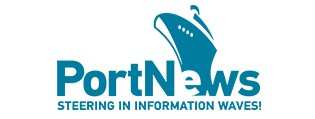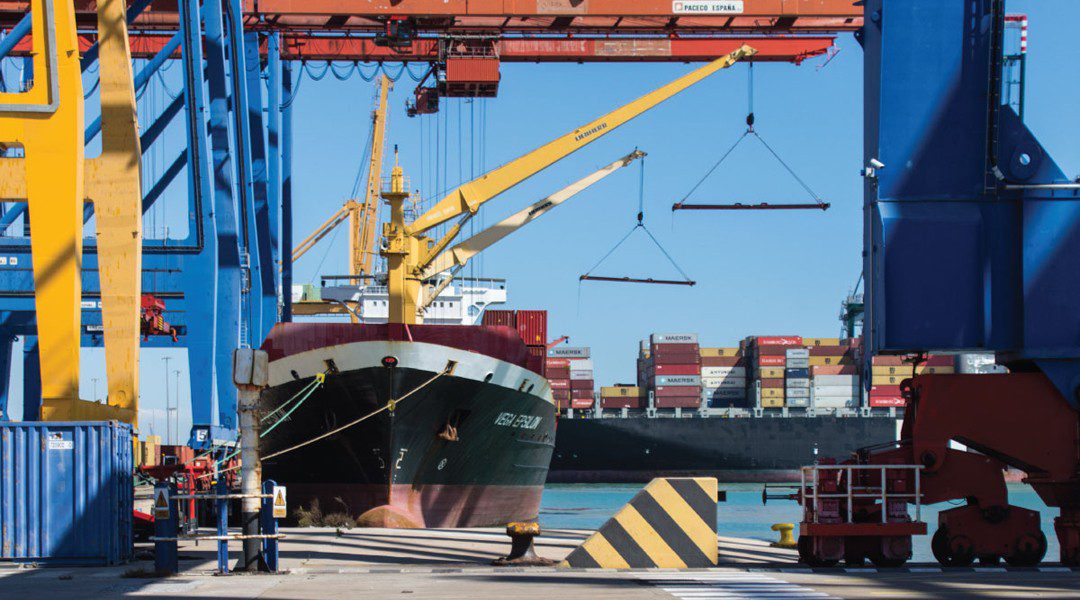MOL announced delivery of LPG dual-fuel /ammonia carrier Aquamarine Progress II

Mitsui O.S.K. Lines, Ltd. announced that the LPG dual-fuel /ammonia carrier (VLGC) Aquamarine Progress II, ordered by its group company, Aramo Shipping (Singapore) Pte. Ltd., was delivered on April 26 by Namura Shipbuilding Co., Ltd., according to the company’s release. The Aquamarine Progress II will sail under a time charter contract with GYXIS Corporation, a Japanese LPG importer and distributor.
The dual-fuel vessel can run on either LPG or conventional heavy oil, and when LPG is used as fuel, CO2 emissions can be reduced by about 20% and sulfur oxides (SOx,) particulate matter (PM), and so on. by about 90% compared to heavy oil. In addition, the specifications allow for the transport of ammonia as well as LPG. Ammonia, which emits no carbon dioxide during combustion, is expected to increase in demand in the future as a next-generation clean energy source.
The MOL Group has positioned environmental strategy as a key element in its “BLUE ACTION 2035” management plan, and has set the target of achieving net zero greenhouse gas (GHG) emissions by 2050 in the “MOL Group Environmental Vision 2.2.” The group will continue working together to achieve net zero GHG emissions by 2050 through concerted group-wide efforts.
Mitsui O.S.K. Lines, Ltd. announced that the LPG dual-fuel /ammonia carrier (VLGC) Aquamarine Progress II, ordered by its group company, Aramo Shipping (Singapore) Pte. Ltd., was delivered on April 26 by Namura Shipbuilding Co., Ltd., according to the company’s release. The Aquamarine Progress II will sail under a time charter contract with GYXIS Corporation, a Japanese LPG importer and distributor.
The dual-fuel vessel can run on either LPG or conventional heavy oil, and when LPG is used as fuel, CO2 emissions can be reduced by about 20% and sulfur oxides (SOx,) particulate matter (PM), and so on. by about 90% compared to heavy oil. In addition, the specifications allow for the transport of ammonia as well as LPG. Ammonia, which emits no carbon dioxide during combustion, is expected to increase in demand in the future as a next-generation clean energy source.
The MOL Group has positioned environmental strategy as a key element in its “BLUE ACTION 2035” management plan, and has set the target of achieving net zero greenhouse gas (GHG) emissions by 2050 in the “MOL Group Environmental Vision 2.2.” The group will continue working together to achieve net zero GHG emissions by 2050 through concerted group-wide efforts.





